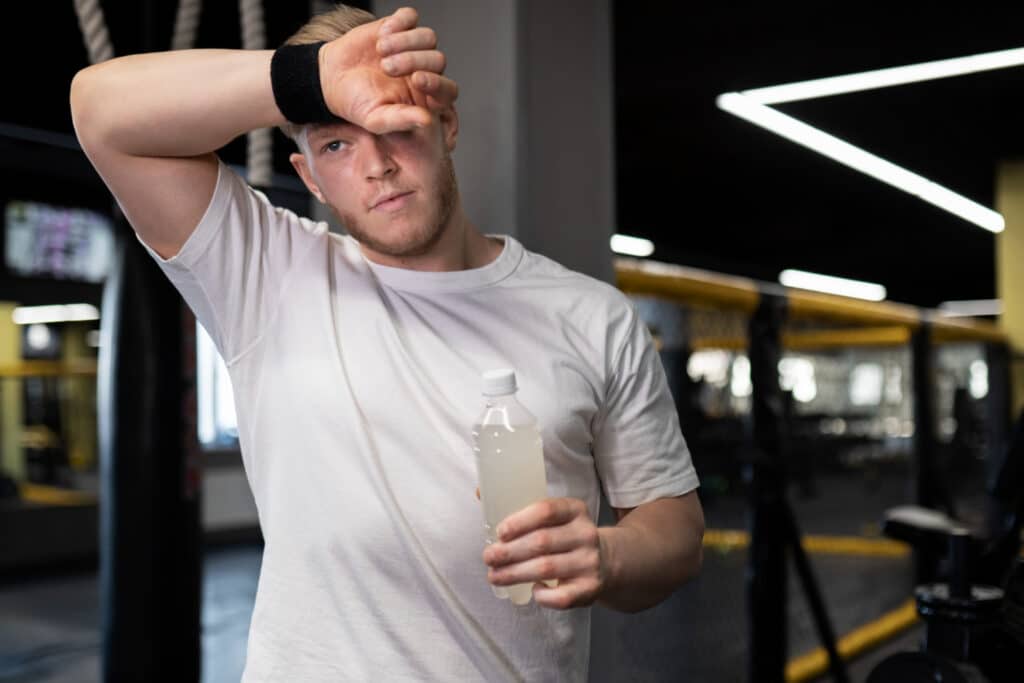Getting faster workout recovery doesn't have to be complicated. The right recovery methods can make a huge difference in how quickly your body bounces back. The best therapeutic massage and recovery techniques focus on simple but effective strategies that anyone can use. This guide shows you practical ways to speed up workout recovery through proper nutrition, hydration, stretching, rest, and helpful tools. Each method works together to help your muscles repair faster and get you ready for your next workout.

Eating the right foods after exercise helps your muscles recover much faster. Your body needs three main things: protein, carbs, and antioxidants. Protein helps fix and build muscle tissue - try chicken, fish, beans, or Greek yogurt. Carbs refill your energy stores, so eat whole grains, fruits, and vegetables. Antioxidants fight damage from exercise and come from colorful fruits and veggies like berries and leafy greens. Timing matters too - eat something within 30 minutes after your workout to kickstart recovery. Simple meals work great: a protein smoothie with fruit, or chicken with rice and vegetables.
Water is your recovery secret weapon. Your muscles need proper hydration to repair themselves and work at their best. When you sweat during exercise, you lose water and important minerals called electrolytes. Not drinking enough water can slow down recovery and make you feel tired longer. Drink water before, during, and after your workouts. Check your urine color - pale yellow means you're drinking enough, while dark yellow means you need more water. For long or intense workouts, sports drinks can help replace lost electrolytes. Keep a water bottle handy and sip throughout the day.
Stretching the right way can prevent soreness and keep you flexible. Use different types of stretches at different times. Before working out, do moving stretches like leg swings or arm circles to warm up your muscles. After your workout, hold still stretches for 15-30 seconds to help muscles relax. Focus on the muscles you just worked. PNF stretching combines stretching with muscle contractions for better flexibility. Make stretching a regular habit, not just something you do sometimes. Spend extra time on tight areas that bother you most.
Your muscles grow and repair while you sleep, not during exercise. Getting 7-9 hours of good sleep each night is just as important as your workout itself. During sleep, your body releases growth hormones that fix muscle damage and build new tissue. Poor sleep slows recovery and hurts your performance. Take rest days between hard workouts to let your muscles and nervous system recover. Your body needs this downtime to get stronger. Create a good sleep routine: go to bed at the same time, keep your room cool and dark, and avoid screens before bedtime.
Simple tools can speed up your recovery without breaking the bank. Foam rolling helps work out muscle knots and improves flexibility. Roll slowly over sore areas for 1-2 minutes. Hot and cold therapy works well too: try a hot shower followed by cold water, or alternate between hot and cold packs. Compression clothes, like tight sleeves or socks, can improve blood flow and reduce swelling. Massage helps relax muscles and improve circulation. Even self-massage with your hands or a tennis ball can help. These tools work best when used regularly, not just when you're sore.
Light movement on rest days helps you recover faster than complete rest. Try gentle activities like:
Keep the intensity low - you should feel refreshed, not tired after active recovery. This gentle movement increases blood flow to your muscles, bringing in nutrients and removing waste products. It also keeps you from getting too stiff between workouts. Listen to your body and adjust based on how you feel.
Other Related Articles: